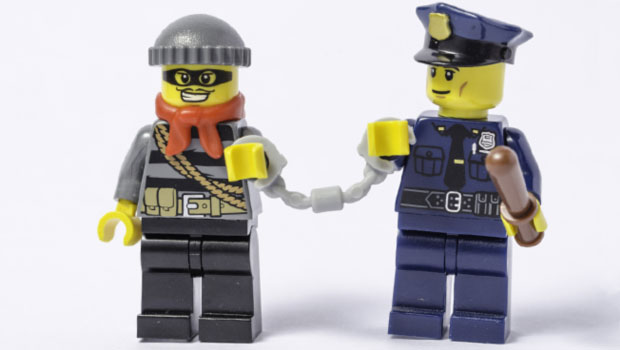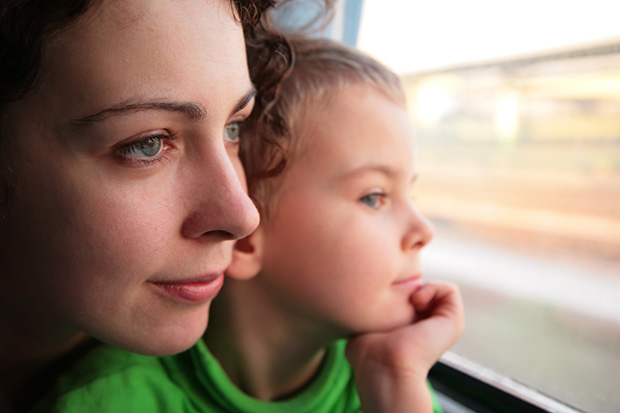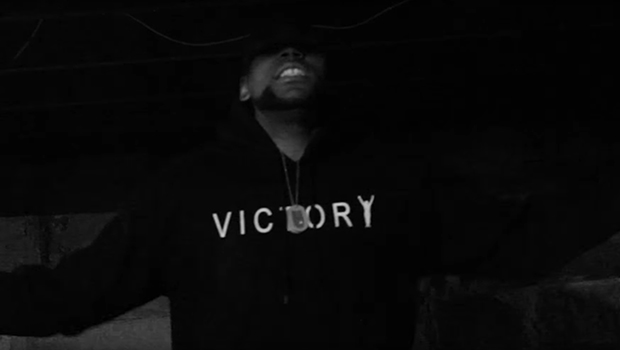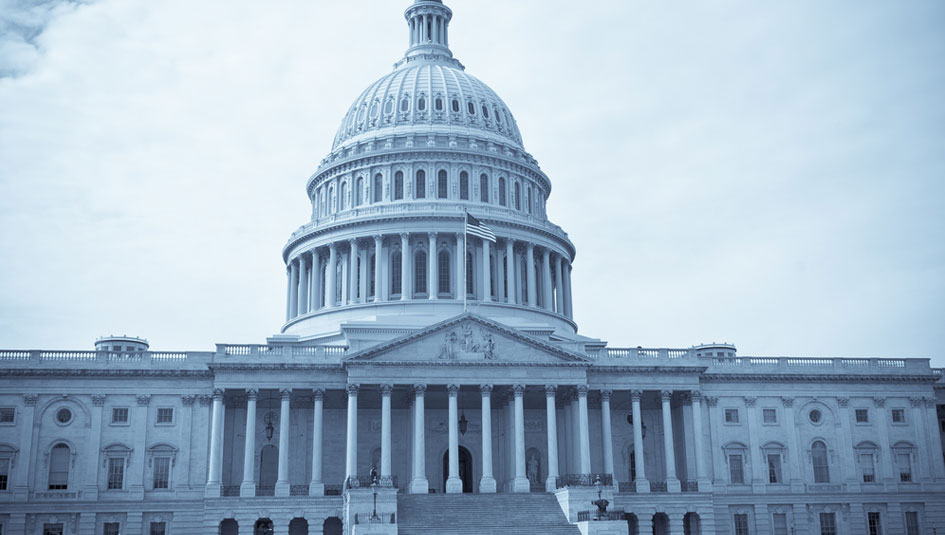Are CBDs the Future of Pain Relief?
Opioids were easy to get in Alaska, but Oregon is much stricter; CBDs are the future of pain relief because people still need pain relief

Bonita was born in Ft. Sill, Oklahoma and moved often as an ‘Army brat’. She was diagnosed with T1D at age twelve and was a ‘wild imp’ in high school.
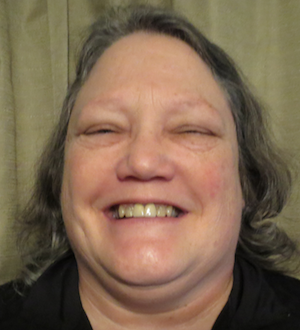 ‘I rebelled against my strict Southern Baptist parents. My friends and I would smoke weed and laugh. In college though, I got sick from smoking marijuana and stopped using it. Eventually, I took my civil engineering degree and worked 30 years in rural Alaska where I built water and sewer systems.’
‘I rebelled against my strict Southern Baptist parents. My friends and I would smoke weed and laugh. In college though, I got sick from smoking marijuana and stopped using it. Eventually, I took my civil engineering degree and worked 30 years in rural Alaska where I built water and sewer systems.’
Bonita moved to Oregon in 2009 when she went on disability due to chronic arthritis pain, depression, and 40 years of diabetes.
‘Opioids were easy to get in Alaska, but Oregon is much stricter. In Oregon, the doctor wanted to find out why I was in pain. Eventually, I had a shoulder replaced which has helped with the pain.’
Oregon law substantially restricts opioid availability and without them, Bonita has relied more and more on CBDs for pain relief. ‘I also take Tylenol with codeine, an average of once a week’.
‘I went through the process of getting a Medical Marijuana Card in Oregon. The process seemed sloppy to me and just an excuse to collect $200 to sign a form. I wish marijuana itself was more medically specified, such as the strain of marijuana and the dose for my weight and age, etc. I tried it a few times. Marijuana is a lot stronger now than when I was in high school. I didn’t like the feeling of losing control.’
‘Oregon laws allow the sale and consumption of CBDs, as well as cannabis. So when I was dissatisfied with smoking marijuana, I learned about and tried CBDs, which come from the leaves of low-THC cannabis or the leaves of industrial hemp. THC (the hallucinogen) comes from cannabis blooms. Industrial hemp is commonly defined as having a THC content of 0.3% or less. In states where cannabis is legal for recreational medical purposes, some CBDs are taken from low-THC cannabis strains.
‘CBDs help with both my chronic pain and my depression. I mix CBD tincture with something sweet to make it taste less bitter. Generally, I mix two droppers full — about 200 mg — in with diet cola to create a drink. I feel better in about 45 minutes, and in 60 minutes I am entirely relieved of the pain. My head is clear, and my body feels better.
‘I notice that I am more motivated when I take CBDs, which makes me think my chronic pain is the cause of my depression. I don’t, however, drive with any CBDs in my system.
‘I use CBDs sometimes in the evening to help me sleep better.
‘I feel that CBDs are the future of pain relief because opioids will get more and more difficult to get and people still need pain relief.
‘I am so happy that the recently passed Federal Farm Bill allows hemp to be grown anywhere in the United States. I hope that when implemented, this new law will increase the availability of CBDs to everyone, no matter where they live.
‘I have read news reports that opioid deaths are lower in states that have legalized marijuana, and that is a very good thing, in my opinion.’

